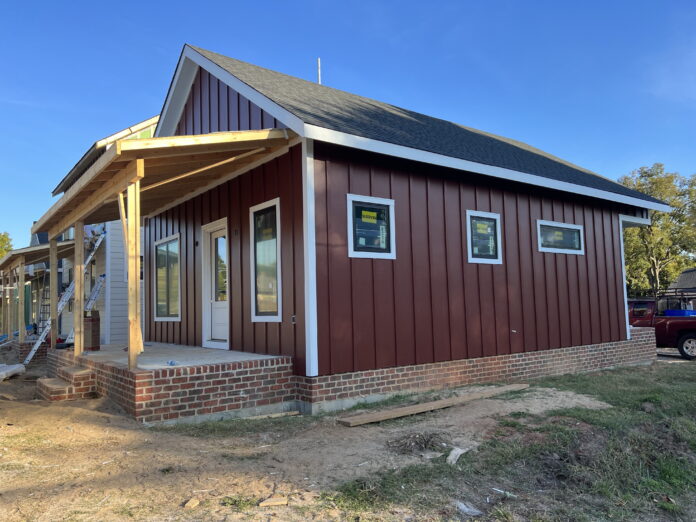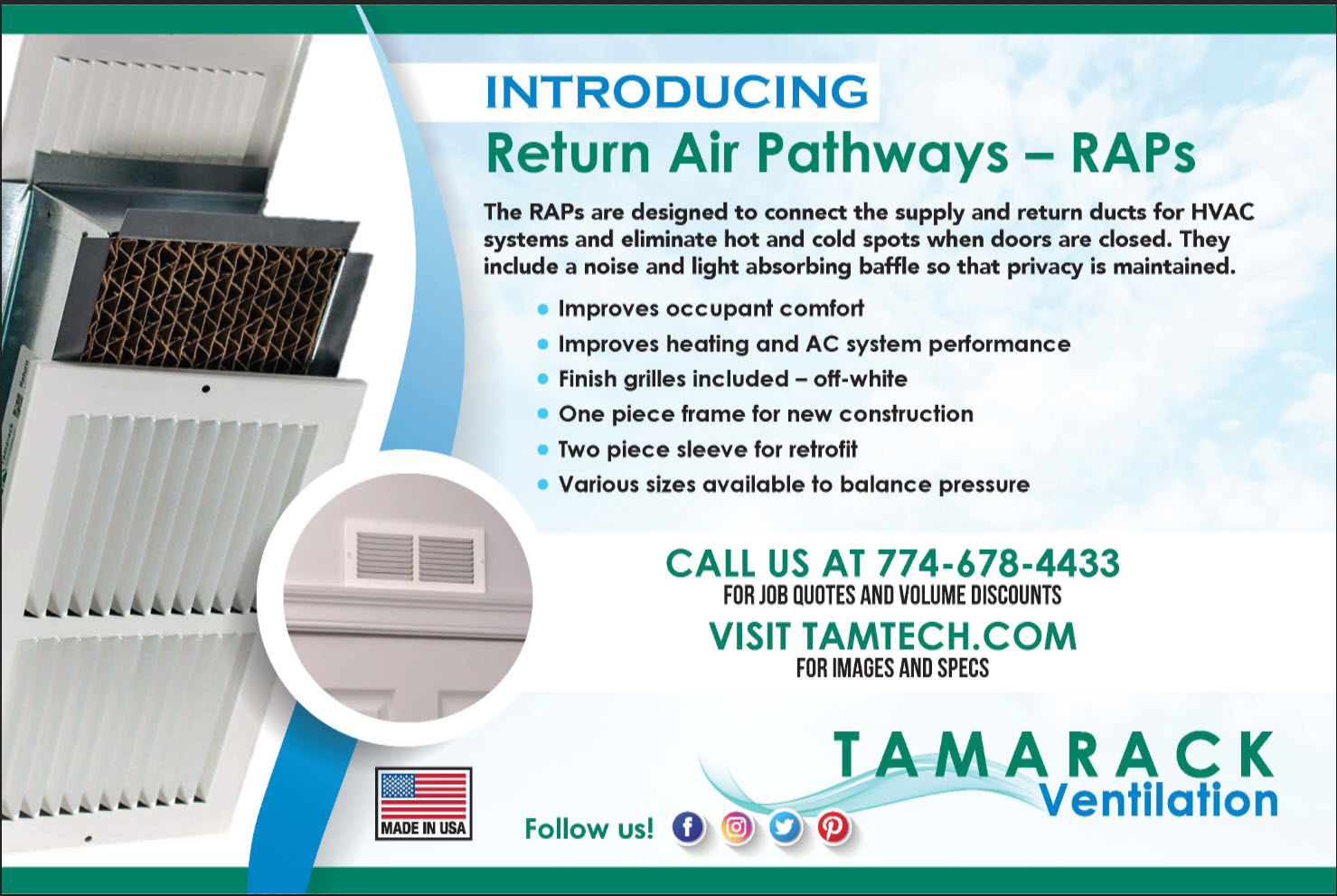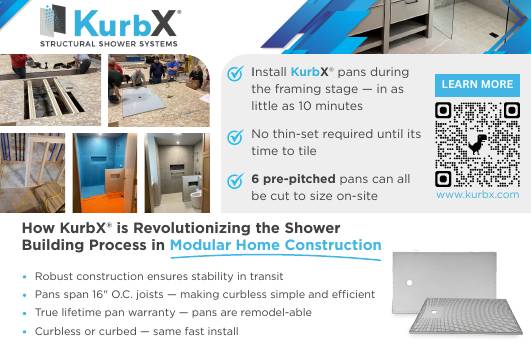Structural insulated panels deliver efficiency and long-term homeowner value — and with an optimized design, they can also compete on upfront costs.
- SIPs require a higher initial investment but pay that back through efficiency, speed and reduced labor.
- Tools like SIPA’s True Cost Bid Tool reveal hidden expenses often overlooked in stick-built estimates.
- Simple designs and upfront planning are key to affordable, high-performance homes using SIPs.
When it comes to any project, the budget is a deciding factor for builders, developers and homebuyers alike. But how do we compare construction costs in a meaningful way?
Traditional stick-built homes remain the most used method for homebuilding in the US, but offsite methods, including Structural Insulated Panels (SIPs), can provide homeowners with a high-performance alternative.
While SIPs often come with a higher upfront price tag, they can deliver significant savings Through energy efficiency, faster construction and reduced labor expenses. This article takes a closer look at how we can evaluate the perceived benefits and costs of SIPs versus conventional stickbuilding, helping homeowners and builders understand where the real value lies.
For Ted Clifton, Jr., Founder of TC Legend Homes, a custom home builder based in Bellingham Washington, it starts with understanding who his customer is, and what they want. Clifton and his father, Ted Clifton, Sr., are recognized in the Pacific Northwest as builders of high quality, energy efficient homes. Clifton has been building with Structural Insulated Panels (SIPs) for over twenty-five years and was the first builder in the Seattle area to complete a Net Zero Energy Home using SIPs.
Most of Clifton’s clients are environmentally conscious and half of them have already made the decision to use SIPs before they meet with him. He will refuse to build projects that do not have a Net Zero goal, and finds smart design planning to be essential for evaluating tradeoffs and benefits needed to meet this goal.
He says that simple designs make the goal more attainable. “Anyone who has done energy modeling on a house quickly realizes with every indentation [in your design] you’re losing energy, and you’re just getting less house,” says Clifton. “More complex designs will cost more.”

Total Cost Tool
Software is available to quantify those differences. In 2023, the Structural Insulated Panel Association (SIPA) launched the SIP True Cost Bid Tool (STCBT), which was intended to create a level playing field and allow an apples-to-apples comparison between SIPs and stick-built projects.
The initial cost of SIPs will almost always come out higher when compared to a stick-built “framing” package. That’s because a SIPs panel includes the framing, insulation, sheathing, air and vapor barrier, as well as pre-cut electrical chases.
The True Cost Bid Tool looks beyond initial price. It considers line items like construction carrying costs, dumpster rentals, tipping fees, MEP, inspections and incentives (like tax credits or utility rebates).
Jack Armstrong, Executive Director and COO of SIPA, admits that SIPs won’t be appropriate for all projects. “They probably don’t work everywhere,” he says. “For instance, if you build to the lowest code possible, SIPs are probably not going to be the best choice for you.”
Other than that, it depends on the details. Good applications for SIPs include:
- Simple roof geometries
- Post and beam structures where SIPs can be placed on the outside of the frame
- Designs that put plumbing in interior walls rather than in the exterior envelope
- Homes with standard windows and door openings (where SIPs can be their own headers)
- Floor plans built on two-foot dimensions (because SIPs come in either 4 x 8 or 8 x 24 ft.)
Sam Rashkin, Senior Researcher at Oak Ridge National Laboratory and former National Director of ENERGY STAR for Homes, worked with SIPA to create the tool, which gives providers the ability to internalize the cost benefits and added value that SIPs offer, as well as to help educate the wider industry.
And while Rashkin believes the tool was not widely adopted for bidding due to friction in the sales process, what it did do was successfully demonstrate a 60% lower cost for SIP-optimized home designs, compared to non-optimized ones. This finding highlights the power of design for manufacturing principles to help make SIPs homes more price competitive.
“We should be advocating for everyone in the SIPs industry to develop cohesive design for manufacturing and assembly optimized designs that you can go buy and they’re all integrated,” says Rashkin.

For Rob Howard, President of Howard Building Science, a general contracting company based in Granite Falls, N.C., labor challenges were the motivation to use SIPs as an alternative to stickbuilding.
Howard partnered with Eco-Panels, a SIP manufacturer based in Mocksville, N.C., to produce panels for nine detached units in his Duke Street Cottages community in North Carolina. These units range from 800 to 1,400 sq. ft. In his opinion, one of the biggest benefits of using SIPs is how quickly they can be assembled.
And while minor changes can be made to SIPs on-site, Howard cannot stress enough the importance of design and manufacturing accuracy to ensure speed of installation. Eco-Panels performs a factory test fit on each home before shipping panels to help reduce on-site assembly challenges, thereby making the process faster and more efficient.

Comparisons to Modular
The SIPA website cites an RS Means study in which a properly trained SIP installation crew was able to cut framing time by 55% compared to conventional wood framing. And Howard says he was able to complete what would take a couple of weeks with stickframing, in a few days with SIPs.
However, the time saved is limited to the framing phase. “Getting homes dried-in quickly is a huge benefit, but then everything slows down again,” says Howard. “You’re back to conventional construction for everything else.” To address this shortfall, he has decided to use modular for the next phase of the Duke Street Cottages.
Howard has been working with Ankur Dobriyal, Director of Offsite Innovation at ADL Ventures (see Dobriyal’s Op- Edin this issue), to compare cost and energy performance between SIPs, modular and sitebuilt construction. Initial modeling shows all three building methods fall within a 4% price difference, confirming that both modular and panelized methods can compete when scope is standardized and workflows optimized.
The report also shows the modeled project duration for modular construction at 22 weeks, SIPs panelized at 35 weeks, and sitebuilt at 39 weeks and states that “Modular construction required the least on-site supervision, valued at $4,000 of time saved versus the site-built baseline of $15,350.
Panelized supervision savings were estimated at $1,500 of time saved. Shorter durations in both methods also reduce temporary utility charges, construction loan carrying costs and general conditions. Site-built delivery required the most supervision, with sequential trade mobilization and full exposure to weather and labor delays.”

Addressing Misconceptions
One perceived misconception with SIPs homes is that they’re harder to wire. Jessie Carwile, Regional Sales Manager for Premier SIPS, a SIPs manufacturer based in Puyallup, Washington and Belgrade, Montana, sees that as an educational opportunity.
Carwile was an electrician for 25 years and spent the last 18 years of that career wiring SIPs homes before going to work for Premier SIPS.
“I hear people say it’s too hard,” says Carwile. “I just don’t see it. Doing electrical in stick-built homes you have to drill all the holes, staple all the wiring up and nail the boxes on. [With SIPs] the chase is already in the panel, you just pull the wire, put the box on, and you’re done…there’s so much time saving.”
Carwile suggests that better upfront communication between architects, general contractors, electricians, plumbers and HVAC installers, in the initial design planning phase can optimize the installation process.
“It’s education between the Contractor, architect and subcontractors. They all need to communicate with each other to make sure the SIPs builders get the info they need to make the build more efficient,” he says.
And while Carwile sees SIPs as most beneficial for residential use, he is noticing increased adoption in the commercial sector because of new codes requiring continuous insulation. Where traditional framing requires a sheet of Continuous insulation all the way up to the ridge, SIPs panels have that built into the product.
In the end, the choice between SIPs, traditional stick-building, or other offsite methods comes down to the goals of the homeowner and what Rashkin refers to as “defining the desired user experience.” Stick-built homes may seem more budget-friendly at the outset, but other methods may deliver meaningful long-term returns. For homeowners and builders willing to invest upfront, SIPs can shift the cost equation toward long-term efficiency and comfort.
Heather Wallace is a freelance writer and industry engagement specialist with over two decades of experience in various areas of the building industry. She has covered topics on construction, technology, workforce development, green building, and sustainable living

















